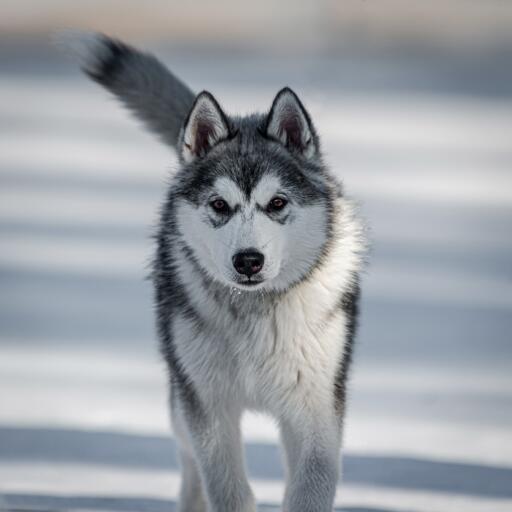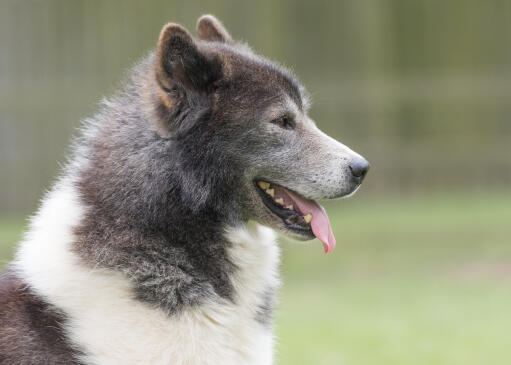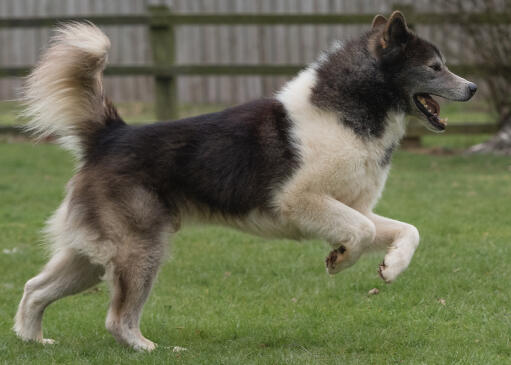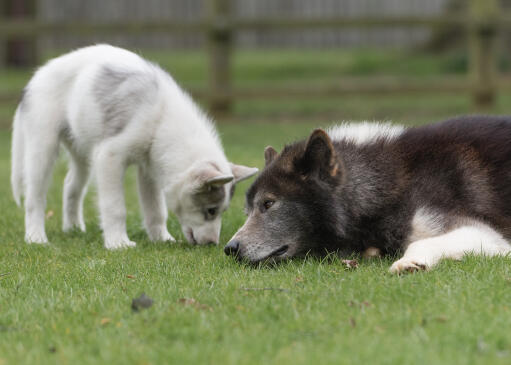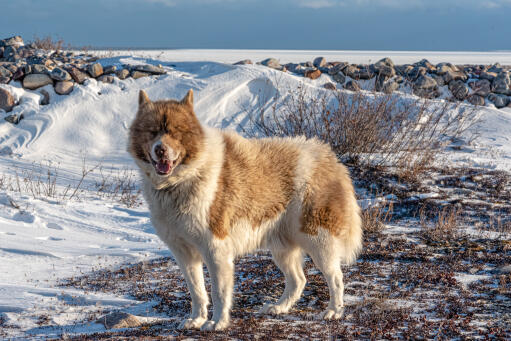Canadian Eskimo Dog





History
The Canadian Eskimo Dog (CED) is also known as the Canadian Inuit dog. It is thought to have been living with humans in the Arctic for around 4,000 years. It was originally bred as a dog for hunting dogs pulling sleds. The dogs' keen sense of smell is able to detect seal holes in the ice from miles away, and they were also used to hunt polar bears. The CED is closely related to the Greenland Dog, and may actually be the same breed. Its numbers are now very low, despite a concerted breeding effort in the 1970s.
Behaviour
The CED is highly intelligent and very loyal. They are affectionate towards their human families and like to be close to you and work with you. They are good with children and other dogs within the home if they have been raised together. They can be wary of strangers at first but soon accept them once they realise they are your guests. They have a strong prey drive and will chase cats and other animals. Early socialization and training will help prevent problems of this nature. CEDs will often howl and bark and this needs to be addressed early on to prevent problems with neighbors.
This is is a working dog and likes to be kept busy. They work well both individually and in a pack, and thrive on having a job to do. Many owners in the Arctic have wheeled sleds and use the dogs in sled racing. They have immense stamina and can run and walk for miles. Training needs to be consistent and fair, with praise- and reward-based training soon paying off. With fair and firm training the dogs respond well and are happy to please you. They form strong bonds with their owners and dislike harsh correction. Leash training can take time and patience as these dogs were bred to pull and this is as natural for them as sniffing and barking.
You mustn't underestimate the amount of exercise this breed needs. The chance to run a few miles every day is a must to keep the dog happy. They make ideal jogging partners and do well in sledding competitions. At least two hours a day should be set aside for exercising, ideally a lot more. They were bred to pull/run and that is what excites them. They absolutely do not like to be kept indoors and inactive.
CEDs' coats need brushing once a week, and daily when they are molting. The fur produces natural oils that keep it in top condition so bathing should be infrequent to stop the loss of oils and damage to the coat.
They seriously dislike warm weather and can suffer from heat stroke surprisingly quickly. They will often find somewhere cool to sleep and will dig holes in the garden to sleep on the cool soil.
Health Problems
The CED has few major health concerns and is a rarely ill.
Breed Details
- Status: Common
- Life Expectancy: 12 - 13 years
- Weight: 40 - 88 lb
- Height: 20 - 27"
- Rare: No

